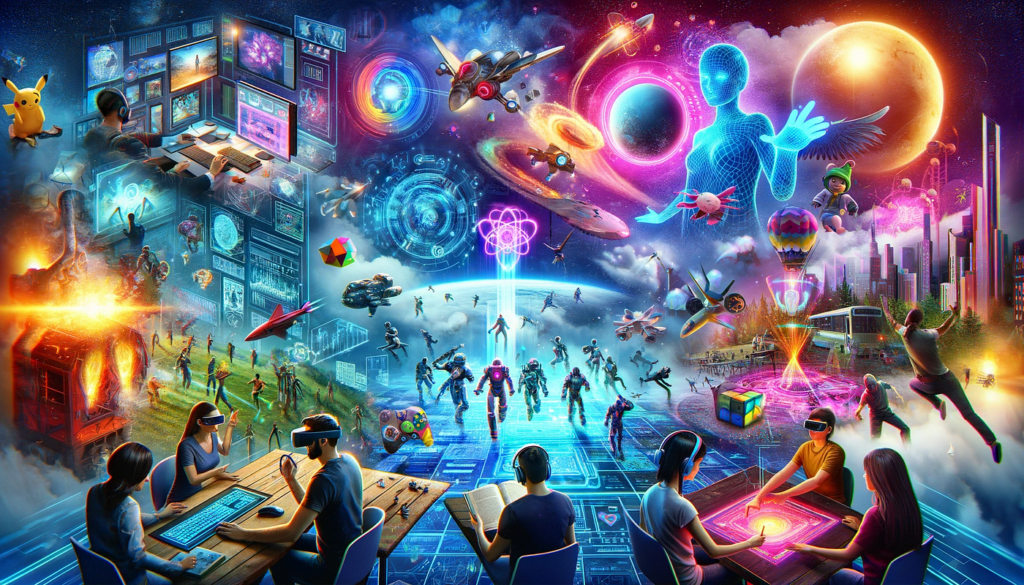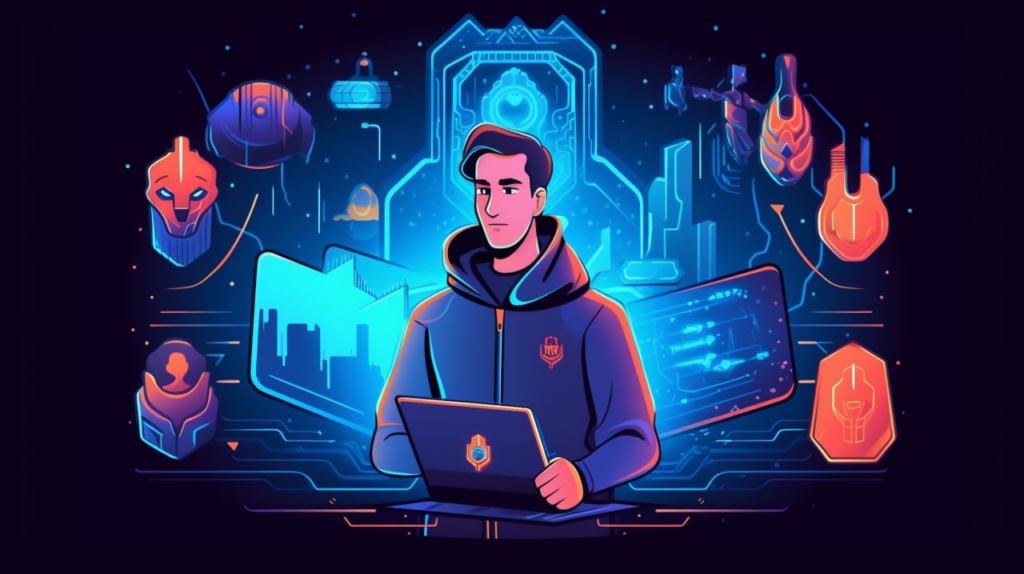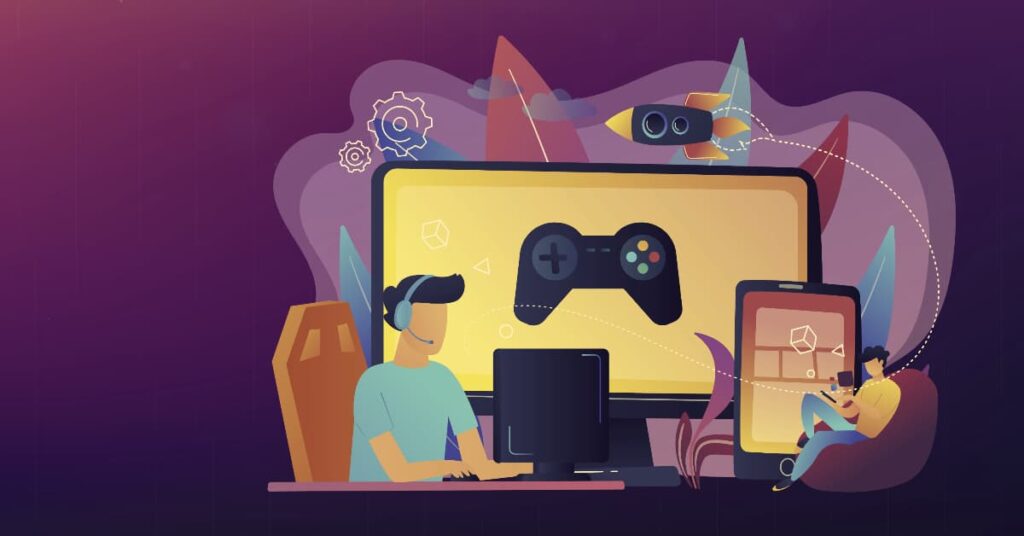Social gaming has become an integral part of the gaming landscape, offering players the chance to connect, compete, and collaborate with others worldwide. As technology continues to advance, the future of social gaming promises to bring even more innovative ways to enhance connectivity and community building. This article explores the current state of social gaming, emerging trends, and the potential future developments that will shape how we play and interact with others.
The Current State of Social Gaming
Definition and Popularity: Social gaming refers to games that emphasize social interaction, either through direct multiplayer gameplay or through integrated social features. Platforms like Facebook, mobile games, and console multiplayer games have all contributed to the rise of social gaming. Popular games such as ‘Fortnite’, ‘Among Us’, and ‘Animal Crossing: New Horizons’ have become cultural phenomena, largely due to their social aspects.
Key Features: Social games often include features like in-game chat, friend lists, social media integration, and cooperative or competitive multiplayer modes. These features foster a sense of community and make gaming a more interactive and engaging experience.

Emerging Trends in Social Gaming
Cross-Platform Play: Cross-platform play allows players on different devices and gaming systems to play together. This trend is breaking down barriers between console, PC, and mobile gamers, creating larger and more diverse gaming communities. Games like ‘Rocket League’ and ‘Minecraft’ have successfully implemented cross-platform play, setting a precedent for future titles.
Virtual and Augmented Reality: Virtual reality (VR) and augmented reality (AR) technologies are poised to revolutionize social gaming. VR can create immersive social spaces where players interact in a shared virtual environment, while AR can blend digital elements with the real world, enhancing social interactions during gameplay. Games like ‘Rec Room’ and ‘Pokémon GO’ demonstrate the potential of these technologies to create unique social experiences.
Cloud Gaming: Cloud gaming services, such as Google Stadia, Xbox Cloud Gaming, and NVIDIA GeForce NOW, enable players to stream games to various devices without the need for powerful hardware. This accessibility allows more people to participate in social gaming, regardless of their device capabilities. Cloud gaming also facilitates instant play, making it easier for friends to jump into games together.

Future Developments in Social Gaming
Enhanced Social Features: Future social games will likely include more advanced social features, such as integrated video chat, real-time translation for international players, and AI-driven moderation to ensure positive interactions. These enhancements will make it easier for players to communicate and collaborate, fostering stronger communities.
Persistent Virtual Worlds: The concept of persistent virtual worlds, where game environments continue to evolve even when players are offline, will become more prevalent. These worlds can host ongoing events, social hubs, and player-driven economies, creating dynamic and immersive social experiences. Games like ‘EVE Online’ and ‘World of Warcraft’ have already laid the groundwork for this concept, and future titles will build upon it.
Player-Created Content: Empowering players to create and share their own content will play a significant role in the future of social gaming. User-generated content, such as custom levels, mods, and in-game events, can enhance the longevity and diversity of games. Platforms like ‘Roblox’ and ‘Dreams’ showcase the potential of player-created content to drive community engagement and creativity.
Integration with Social Media: The integration of social media with gaming will continue to evolve, making it easier for players to share their experiences, achievements, and content with their social networks. This integration will blur the lines between gaming and social media, creating a more cohesive and connected digital ecosystem.
AI and Machine Learning: Artificial intelligence (AI) and machine learning will play a crucial role in enhancing social gaming experiences. AI-driven NPCs can provide more realistic and engaging interactions, while machine learning algorithms can personalize gameplay and recommend new friends or communities based on player behavior and preferences.

Challenges and Considerations
Privacy and Security: As social gaming becomes more interconnected, ensuring the privacy and security of players will be paramount. Developers must implement robust security measures to protect user data and provide tools for players to manage their privacy settings.
Inclusivity and Accessibility: Creating inclusive and accessible social gaming experiences is essential for fostering diverse communities. Developers should focus on designing games that are accessible to players with disabilities and those from different cultural backgrounds, ensuring that everyone can participate and enjoy social gaming.
Balancing Social Interaction and Gameplay: Striking the right balance between social interaction and core gameplay mechanics will be crucial for the success of future social games. Overemphasizing social features at the expense of gameplay can lead to a diluted experience, while neglecting social elements can hinder community building. Developers must find ways to integrate social features seamlessly into the gameplay experience.
Conclusion
The future of social gaming is bright, with numerous advancements on the horizon that will enhance connectivity and community building. Cross-platform play, VR and AR technologies, cloud gaming, and AI-driven enhancements are just a few of the developments that will shape the next generation of social games. As developers continue to innovate and players embrace new ways to connect and interact, social gaming will become an even more integral part of the gaming landscape, offering rich, immersive, and inclusive experiences for players worldwide.
